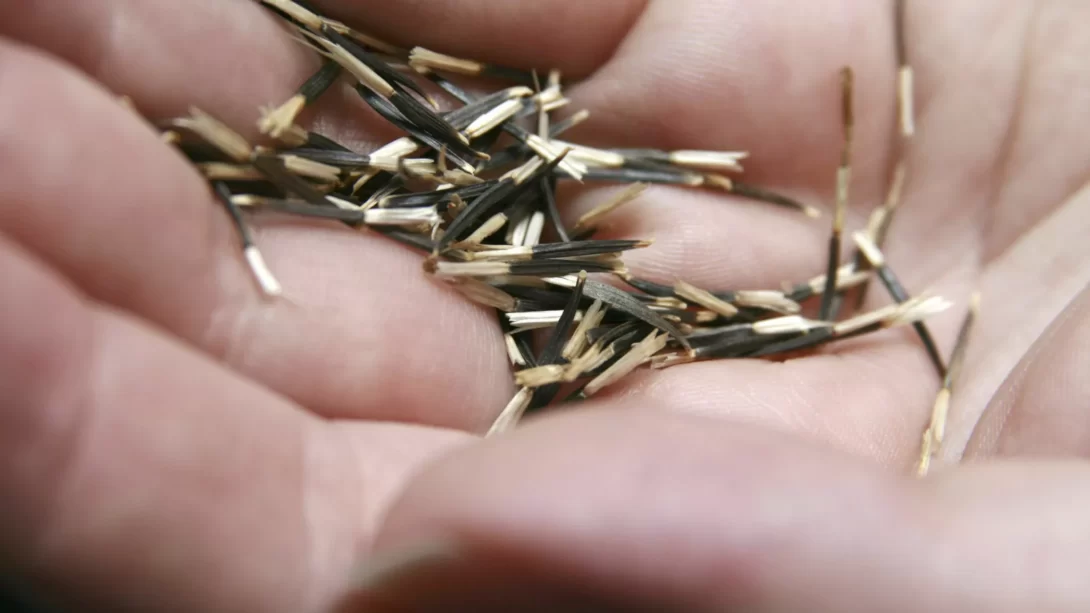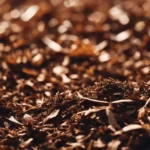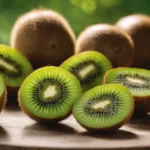Marigolds are a popular and vibrant addition to many gardens, celebrated for their bright colors and ease of care. These annual flowers come in various types, including African, French, and Signet marigolds, each offering a unique aesthetic. Marigolds are not only valued for their beauty but also for their ability to deter garden pests, making them a favorite among gardeners for both ornamental and practical purposes.
The Marigold Plant Lifecycle
Understanding the lifecycle of marigolds is key to successful growth and seed collection. Marigolds are annual plants, completing their lifecycle within one growing season. They sprout from seeds, bloom, and produce new seeds all in the span of a few months. The seed development stage is crucial for gardeners looking to propagate their marigolds. As the flowers fade and the petals drop, the seeds begin to form at the base of each flower head.
Identifying Marigold Seeds
Marigold seeds are distinctive in appearance, making them easy to identify. They are typically elongated and slender, resembling small, blackened twigs or spikes. The seeds are roughly 1/4 to 1/2 inch long, with a slightly curved shape and a pointed end. They are usually dark brown or black in color. While the general appearance of marigold seeds is consistent, there can be slight variations in size and color among different marigold species. Recognizing these seeds is the first step in successful marigold propagation and ensures a continuous display of these cheerful flowers in your garden.
Harvesting Marigold Seeds
The best time to harvest marigold seeds is at the end of the blooming season, typically in late summer or fall. Look for flower heads that are brown and dry, with petals that have withered away. This indicates that the seeds inside are mature and ready for harvesting. To collect the seeds, carefully remove the dry flower heads from the plant and gently open them to expose the seeds. Shake or brush the seeds out into a container, being mindful to separate any chaff or debris.
Storing Marigold Seeds
Proper storage is crucial for maintaining the viability of marigold seeds. After harvesting, let the seeds dry completely to prevent mold growth. Store them in a cool, dry place, ideally in paper envelopes or airtight containers. Labeling the containers with the marigold variety and the date of harvest helps keep track of seed viability. Generally, marigold seeds can remain viable for up to two years if stored correctly.
Planting Marigold Seeds
When it comes to planting marigold seeds, timing and conditions are important. Marigold seeds can be sown directly in the garden after the last frost date or started indoors several weeks before the frost-free date. They require well-draining soil and plenty of sunlight. Sow the seeds about an inch apart and cover them lightly with soil. Water the seeds gently and keep the soil moist until germination, which typically occurs within 5 to 14 days under optimal conditions. Knowing how to plant and care for marigold seeds ensures a vibrant and continuous bloom in your garden.
Germination Times and Conditions
Marigold seeds usually germinate quickly, often within a week or two, depending on the growing conditions. They thrive in warm soil, so ensuring the ground temperature is at least 70°F (21°C) can enhance germination rates. Adequate sunlight is also crucial for healthy seedling growth. Once sprouted, marigold seedlings should be thinned out to allow enough space for the plants to develop fully. Proper spacing reduces competition for nutrients and sunlight, leading to stronger, more robust plants.
Caring for Young Marigold Plants
After germination, it’s important to provide the young marigold plants with consistent care. This includes regular watering, ensuring the soil remains moist but not waterlogged. As the seedlings grow, they can benefit from a balanced, slow-release fertilizer to support their development. Protecting them from extreme weather conditions and pests will help ensure they grow into healthy, flowering plants. As marigolds are relatively hardy, they require minimal maintenance once established.
Conclusion
Marigold seeds, with their distinctive shape and color, are easy to identify, harvest, and store. By understanding the proper techniques for harvesting and storing these seeds, gardeners can successfully propagate marigolds year after year. Planting marigold seeds is a straightforward process that can add vibrant color and beauty to any garden. These hardy, cheerful flowers not only enhance the visual appeal of a garden but also contribute to a healthier garden ecosystem by deterring pests. Whether you are a seasoned gardener or a beginner, growing marigolds from seeds can be a rewarding and delightful experience.



